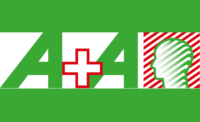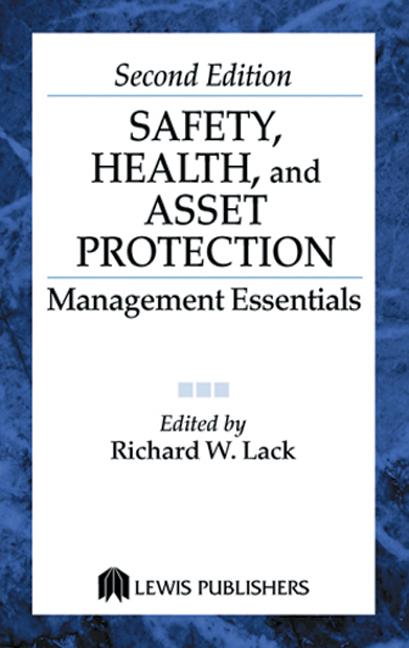Jade Tolley, senior content editor at Safeaid explores fatigue; how it affects us all differently and the serious implications it can on a business.
Earlier this year Andrew Mason, a lorry driver from Hull, was killed in a high impact crash on the A12, when he drove into a stationary HGV. He left behind two children and devastated colleagues.
Witnesses suggest that he did not apply the brakes – which immediately points towards fatigue as the cause of the incident, as he more than likely fell asleep at the wheel. His daughter Charlotte certainly believed this to be the case. Speaking to the Hull Daily Mail she said: “I think he must have just fallen asleep. I think he must have done.”
While many claimed Mr Mason was an ‘experienced, professional and conscientious driver,’ and using GPS police determined he had taken all his rest stops, the symptoms of fatigue were still in effect and therefore led to the truly tragic turn of events. This is something workers and businesses must learn from, to avoid such incidents occurring in the future.
Fatigue affects us all differently, but the resulting circumstances are very much the same and could have serious implications on a business. Common in shift workers and those carrying out manual labour, fatigue reduces reflex time, disrupts co-ordination and productivity, causes health issues and can lead to injury and life threatening accidents in the workplace.
While the UK is considered one of the safest places to work, with the number of workers fatally injured at a 7% lower average for the past five years, it’s important that you ensure fatigue does not creep into your workplace and cause issues.
An increase in fatigue, usually means an increase in workplace accidents, which are not only devastating in terms of workforce health and morale, but can also be devastating financially.
“One death at work or life needlessly shortened, is one too many,” HSE Chair Martin Temple said: “and behind every statistic lies a real story of loss and heartbreak and families left to grieve.” This is what we should be focusing on when it comes to protecting our staff in the workplace.
Mental health in the workplace is an important issue, and the feeling of fatigue can lead to other health issues such as anxiety, stress and depression as well as physical symptoms such as chest pain and shortness of breath, muscle weakness or pain and fevers and chills. Fatigue can negatively impact on a worker’s life, taking away their will to do things they enjoy or to even get out of bed in the morning.
Some workers may have learnt how to cope with their fatigue symptoms, but this does not mean they are not a danger to themselves and others around them should their energy crash while on the job. Safety and Health Magazine published stats around the issue, drawing on research completed by the National Sleep Foundation which discovered that 11% of those working in transport admitted they have shown up to work feeling tired and that 15% of truck drivers admitted that lack of sleep had caused “at least one serious incident or near miss in their careers.”
Those working in the rail industry understand the importance of health and safety, but fatigue could cause them to make life changing errors. This could even mean something as small as forgetting to wear the correct type of safety gear.
Those working with electricity or near live tracks, for example, must wear anti-arc, anti-static and flame retardant clothing including gloves and safety glasses. Forget any one of these items, due to lack of concentration, and the symptoms of fatigue and a serious accident could occur.
In late 2015, train drivers in Reading were being investigated due to incidents of trains going through red signals and fatigue was put forward as the cause. The trains put on their brakes and stopped shortly after the signals and luckily no harm was done but in any other circumstance a collision or potential derailing could have occurred. This sort of incident is incredibly dangerous, putting not only drivers at risk but any other passengers on board the train in danger too.
When it comes to determining what your biggest risk to health and safety is, you’re probably now starting to agree that fatigue is top of the list. So what can you do to combat it?
A strict health and safety policy should be implemented in your business, to ensure everyone is aware of their expectations. This needs to be drafted in line with HSE requirements – they have a handy template you can download and adapt on their site – to ensure you are covered from a legal perspective and that staff are protected.
A poorly designed shift rotation could lead to fatigue in your workforce, so it’s imperative that you carefully curate this with their health and safety in mind. Here are some points to take on board and implement when putting a rotation together:
- Staff working hours are not too long – according to government working hours rules, you cannot work more than 48 hours a week.
- Critical jobs are not actioned at “low points” in the day or night – for example, dangerous, heavy machinery should not be operated at the end of a worker’s night shift, when tiredness might be setting in.
- Ensure employees have the opportunity to sleep for at least eight hours between shifts.
- Take employee preferences into consideration – some people perform better in the morning and others at night, consider this when planning shifts.
Staff fatigue is considered most dangerous in the following industries and roles:
- HGV driving
- Machine operating roles
- Product and parcel delivery
- Medical professions
Fatigue is a serious issue for many businesses and industries, it’s important you tackle it head on and look for the underlying signs and symptoms your employees could be exhibiting. As well as this, it’s important you take a look at your other requirements when it comes to the health and safety of your workforce.
Purchase high quality PPE from reputable stores, ensure your staff is well versed in your policies and undertake regularly updated health and safety training, check over your place of work to ensure all hazards are accounted for. Your workforce has families to return home to, bills to pay and important work to complete so it’s imperative they are kept safe while on the job.
Jade Tolley is a senior content editor at Safeaid.
Source: Safety & Health Practitioner (UK) www.shponline.co.uk




